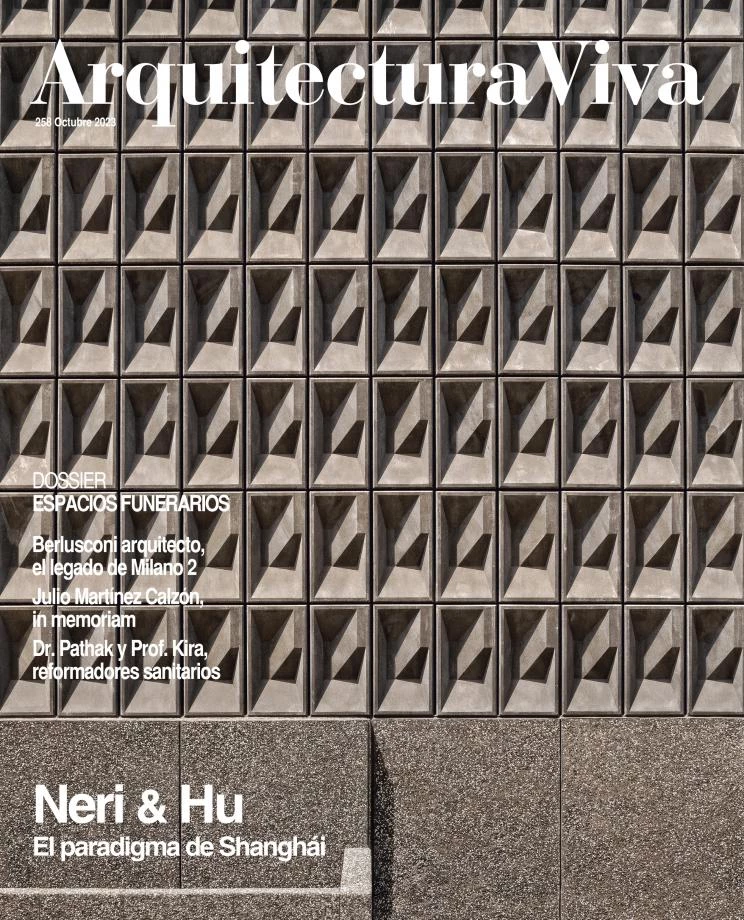
“I love books.” What better way to begin. The author proceeds to specify his adoration: “In particular I love architecture books.” Then: “I love illustrated architecture books.” So it is that John Hill took up the tricky challenge indicated in his subtitle: listing 100 architecture books he finds ‘influential’ and ‘inspiring.’ Like all selections, the list has objective, indisputable aspects about it, but also subjective and… highly disputable ones. Among the indisputables are the authors with the most titles making the cut: Le Corbusier (5), Koolhaas (4), Banham (3). With all certainty, other lovers of illustrated architecture books would have come up with different enumerations. Take the list of 50 books and 50 exhibition catalogs from 1967-2017 that was published in Arquitectura Viva 200.
The selection is well conceived and organized. Besides ‘illustrated’ – meaning that in them, images are as important as words – the books are ‘modern,’ both because they are published in modern times (the last 100 years or so) and because they are about modern architecture (the Modern Movement) and contemporary architecture (of our times). So the oldest is from 1923 (Le Corbusier’s Vers une architecture) and the two most recent ones are from 2019 (Beatriz Colomina’s X-Ray Architecture and Michael Meredith’s An Unfinished Encyclopedia of Scale Figures without Architecture). The choices are organized under nine headings: manifestos, histories, education, houses & housing, monographs (architects), monographs (buildings), exhibitions, building cities, theories & critiques. As with the selection of titles, others would have made a different arrangement and assignment of themes.
Hence, neither the list nor the classification will be discussed here. But one thing stands out: excessive Anglocentrism. That the English-speaking world is hegemonic in the world of architecture publications does not justify commentating and illustrating the list only with English editions of books originally published in other languages. At the start we find Vers une architecture, but in its English version, fortunately with the 2007 cover, which at long last eliminated the adjective ‘new’ of the 1927 edition. A comparable case would be Bruno Zevi’s Saper vedere l’architettura, all too freely translated as Architecture as Space, similar to the original subtitle. And so with the only original in Spanish: Iñaki Ábalos’s La buena vida.
A book about books should have a carefully thought-out image, and this one does. Each title is presented with a bibliographic data and a column of text, plus several photos including the cover (not consistently the original one) and some spreads; 26 of the 100 books are illustrated in four pages, the last two with a nearly life-sized spread. The life of some books is told with certain detail, with anecdotes bound to delight curious readers. Many will think that among the 100 chosen, not all those that should be there are there, nor do all those that are there deserve to be. There is little question about the older ones. As for the more recent titles,‘inspiring’ they may be, but whether they are ‘influential’ remains to be seen. Time will tell.







